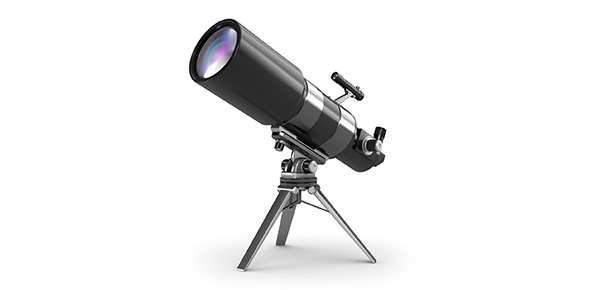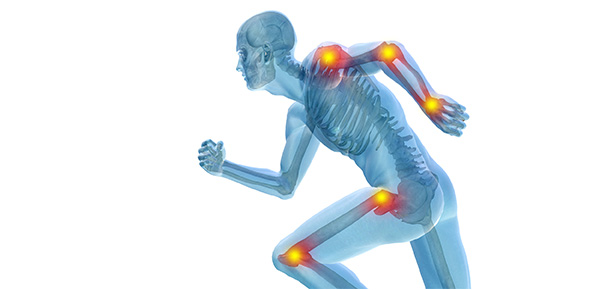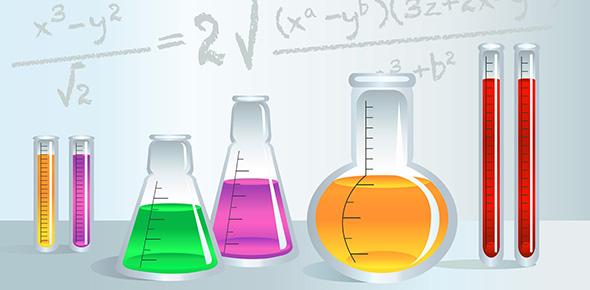Related Flashcards
Related Topics
Cards In This Set
| Front | Back |
|
Which of the following is NOT a characteristic of stigma?
a. A label applied to a group of people that distinguishes
them from others.
b. A label applied to a group of people that breaks the law.
c. The label is linked to deviant or undesirable attributes
of society.
d. People with the label face unfair discrimination.
|
B. A label applied to a group of people that breaks the law.
|
|
Mental illness in the 21st century
a. is conceptualized mostly from a psychoanalytic
perspective.
b. remains stigmatized.
c. is largely treated by the cathartic method.
d. is seldom treated with psychotherapy.
|
B. remains stigmatized.
|
|
An illustration of abnormal behavior would be
a. soiling oneself at least once a month at age 14.
b. experiencing anxiety while leaving the house.
c. experiencing hallucinations.
d. All of the above are examples of abnormal behavior.
|
D. All of the above are examples of abnormal behavior.
|
|
n/a
|
N/a
|
|
Which is a limitation of “harmful dysfunctions” as a
definition of abnormality?
a. It ignores the personal suffering of disturbed
individuals.
b. Many dysfunctional mechanisms are not harmful.
c. Harmful dysfunctions also have an impact on others.
d. The dysfunctional mechanisms are largely unknown.
|
D. The dysfunctional mechanisms are largely unknown.
|
|
Variations in cultural background make it difficult to
define abnormal behavior as simply behavior which
a. involves a deviation from social norms.
b. leads to dysfunction.
c. improves after therapy.
d. causes personal distress.
|
A. involves a deviation from social norms.
|
|
Defining abnormal behavior on the basis of personal distress
is problematic for which reason?
a. High levels of distress and suffering are normal in
modern society.
b. Some abnormal behavior does not involve personal
distress.
c. It ignores suffering that family members of disturbed
people experience.
d. It does not apply to physiological disorders.
|
B. Some abnormal behavior does not involve personal distress.
|
|
Cindy is an accomplished lawyer who sought psychological
help in dealing with the stresses of balancing work and family
responsibilities. Which definition of abnormality applies to Cindy?
a. harmful dysfunction
b. violation of social norms
c. personal distress
d. disability
|
C. personal distress
|
|
After presenting characteristics of abnormality, the text
concludes that
a. research is needed to identify which characteristic is best.
b. different characteristics apply to various
psychopathologies.
c. personal distress is the most useful characteristic.
d. together the characteristics give a partial definition of
abnormality.
|
D. together the characteristics give a partial definition of abnormality.
|
|
Demonology is the
a. practice of exorcism.
b. devil worship and satanic cults that some ascribed to
causing mental illness.
c. idea that an evil being may live in a person and control
his or her mind and body.
d. practice of drilling a hole in a person’s head to allow
evil spirits to escape.
|
C. idea that an evil being may live in a person and control his or her mind and body.
|
|
Hippocrates’ early views on abnormality contributed to an
enduring emphasis on
a. natural causes.
b. spirituality.
c. humors.
d. classification.
|
a. natural causes. |
|
Hippocrates influenced psychology by
a. distinguishing medicine from religion and magic.
b. debunking the notion that the four humors were related to
disorders.
c. reforming mental hospitals.
d. suggesting mental illness was punishment from God.
|
A. distinguishing medicine from religion and magic.
|
|
Expelling evil spirits by chanting and torture is known as
a. somatic therapy.
b. exorcism.
c. witchcraft.
d. trephining.
|
B. exorcism.
|
|
N/A
|
D. relaxation and care in choosing foods
|
|
Hippocrates' view of mental illness was superior to
demonology in that it
a. promoted a scientific study of abnormal behavior.
b. made connections between brain and behavior more clearly
determined.
c. allowed for clearer description of symptoms.
d. All of the above are correct.
|
D. All of the above are correct.
|







